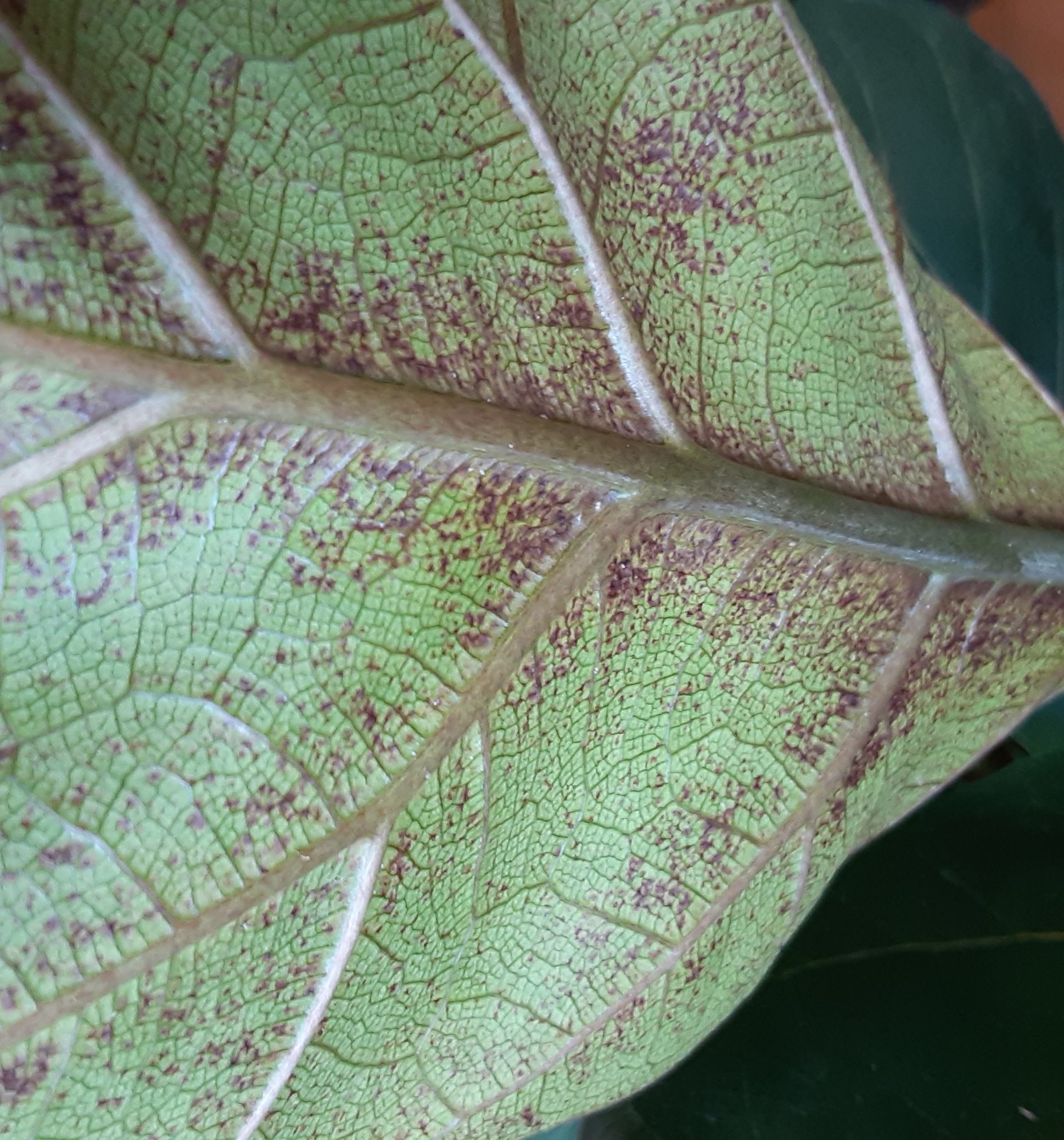What is watering imbalance?
If your plant's soil has dried up a bit too much, you may feel the need to give it extra watering to compensate. Unfortunately this can stress your plant even further.
Symptoms
The same symptoms as overwatering: droopy foliage, dry leaf edges, yellowing leaves
Recurrent imbalanced watering can often be identified by specific characteristic marks on the leaves: these are dry edges with a yellow border between the dry part and the ‘normal’ part
Bursting cells in the leaf tissue, called edema

What to do now
Damaged parts of the leaves will unfortunately not recover so you can start by removing severely damaged leaves. If the damage is minor, you can leave it or just trim the damaged part of the leaf.
Try to balance your plant’s watering schedule so that it doesn’t get too dry or stay too wet. Following Planta’s watering schedule should help with this.
Check if your plant has grown pot bound and check the quality of the soil. These conditions can lead to a plant drying much faster than normal. If you notice either of these things, repot your plant in a slightly larger pot or change the soil for a fresh mix.
Always check the soil moisture before watering and snooze the task if it not dried sufficiently. If your plant looks as if it is especially dry, you may want to water earlier than usual. If you do, just make sure you don’t water too much too soon, so that you don’t stress your plant.
Common questions
Why is this a problem?
When a plant is allowed to dry up for an extended period of time then receives a deluge of water all at once, it can cause sudden damage to the plant. This may seem counterintuitive. A dry plant needs water, right? However, a dry period can damage the finer root threads, decreasing their function. By pouring a lot of water in and saturating the soil, the plant can't drink all the water fast enough and the roots drown and rot. In other words the plant goes directly from dehydration to being overwatered.